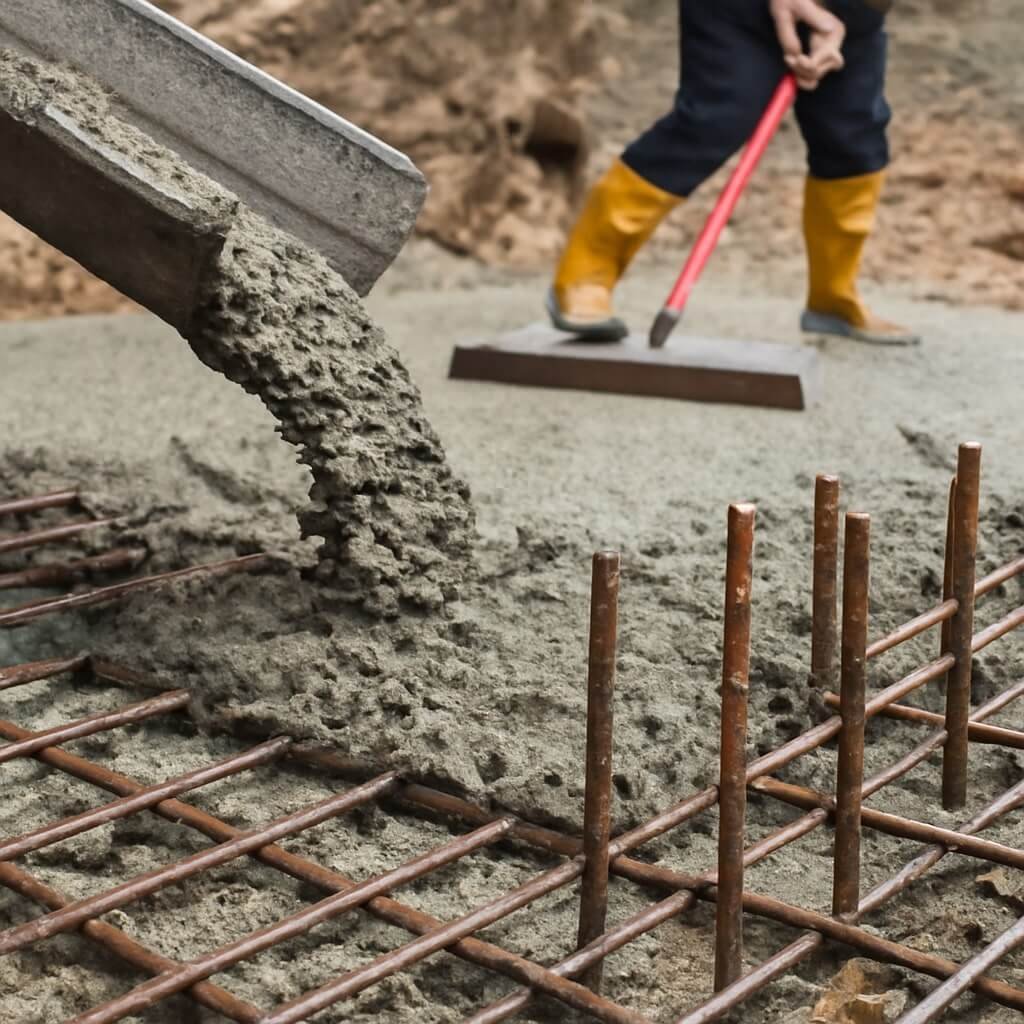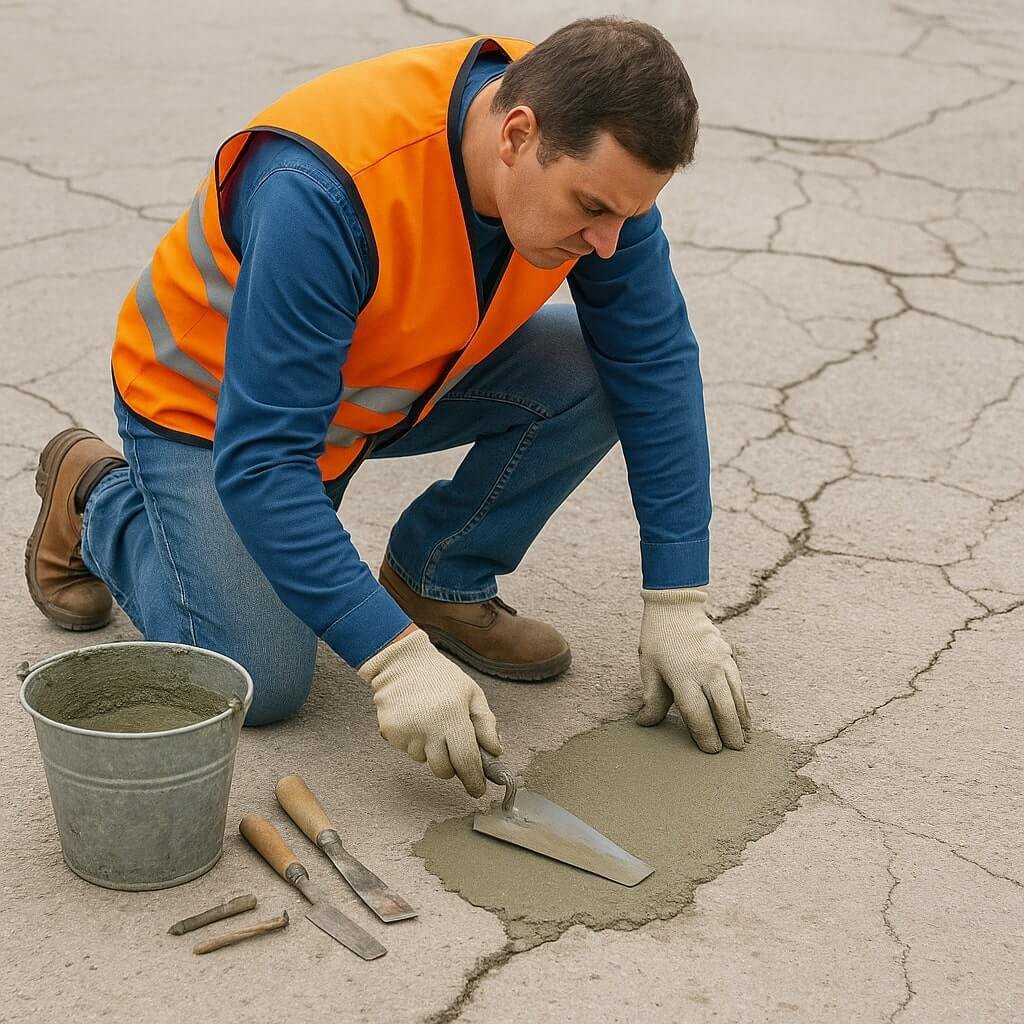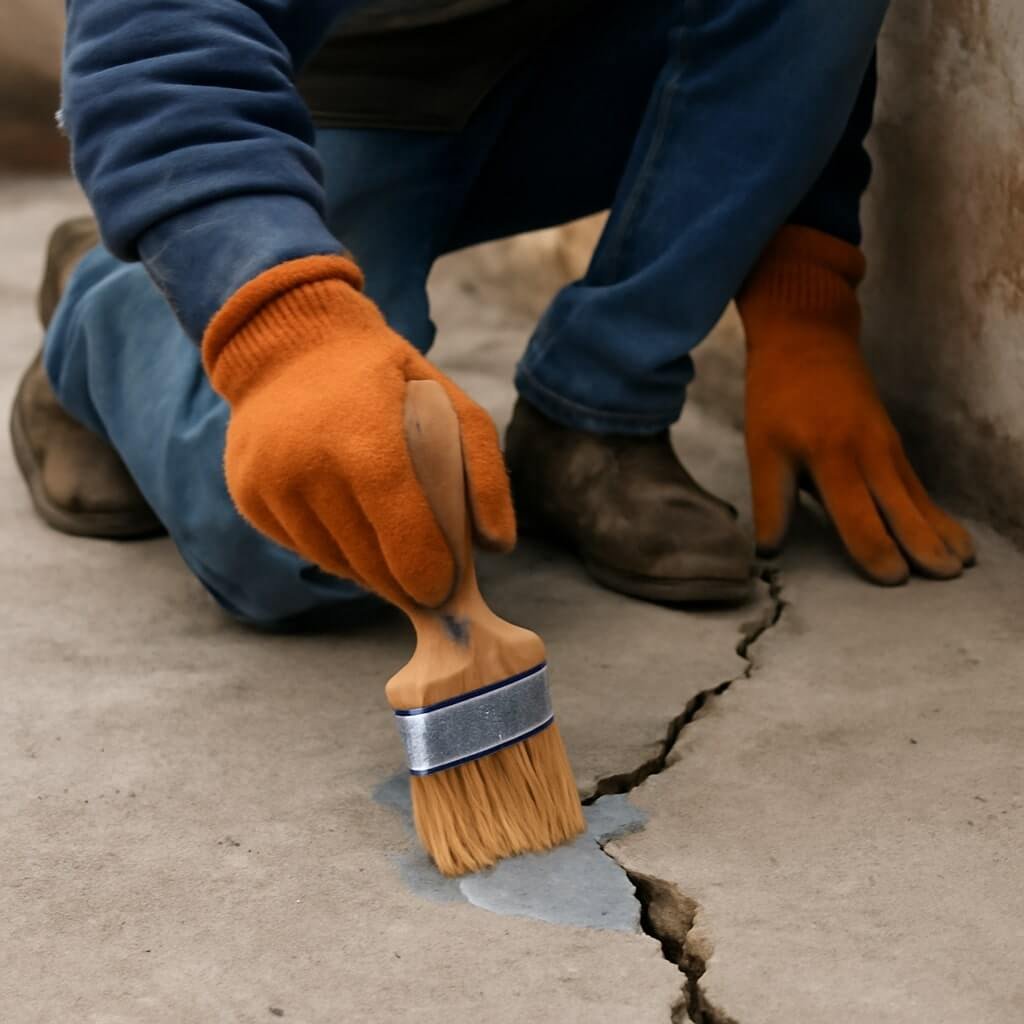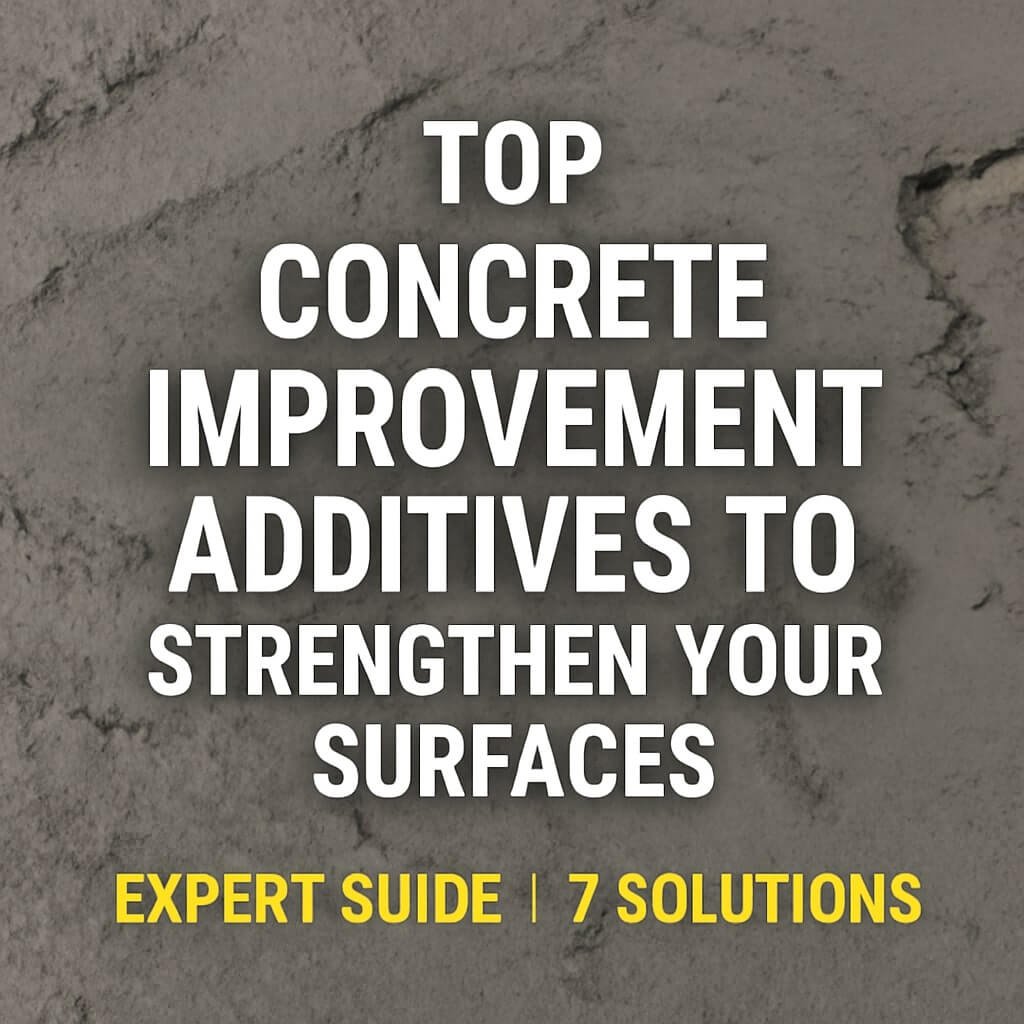Concrete, the cornerstone of modern infrastructure, owes much of its versatility and strength to the use of additives. These additives are materials added to the basic concrete mix to enhance various properties like strength, durability, and workability. Whether you’re building skyscrapers, bridges, or pavements, selecting the right concrete additives can make all the difference in achieving superior performance and longevity. In this article, we’ll explore the best concrete additives available today that maximise strength and explain how each one works.
Concrete additives have been developed to address common challenges such as cracking, shrinkage, and slow curing times. They offer tailored solutions to improve the mechanical properties of concrete and extend its lifespan, often while also providing environmental benefits. Understanding the different types of additives and their applications is crucial for engineers, contractors, and DIY enthusiasts alike.
Why Strength Matters in Concrete

Concrete strength is fundamental because it directly affects a structure’s safety, durability, and functionality. Stronger concrete can withstand higher loads, resist environmental wear and tear, and reduce maintenance costs over time. For infrastructure projects subjected to heavy traffic, extreme weather, or seismic activity, enhanced concrete strength ensures resilience and longevity.
Moreover, strong concrete enables innovative architectural designs by allowing longer spans and thinner sections without compromising safety. Maximising concrete strength also supports sustainability efforts by reducing the quantity of raw materials required and minimising waste.
Types of Concrete Additives
Concrete additives can be broadly classified into three main categories: chemical additives, mineral additives, and fibre reinforcements. Each type contributes differently to the concrete mix and is chosen based on the specific performance goals.
Chemical Additives
Chemical additives include substances like plasticisers, superplasticisers, accelerators, and retarders. These compounds primarily modify the workability and curing characteristics of concrete. For example, superplasticisers improve fluidity without adding more water, which helps increase strength. Accelerators speed up the curing process, allowing faster construction schedules.
Mineral Additives
Mineral additives are fine powders such as fly ash, silica fume, and slag. They participate in pozzolanic reactions with cement hydration products, resulting in denser, stronger concrete microstructures. Mineral additives often improve durability, reduce permeability, and contribute to sustainability by recycling industrial byproducts.
Fiber Reinforcements
Fibres are added to concrete to improve tensile strength, toughness, and crack resistance. Steel fibers, synthetic fibres (like polypropylene), and natural fibres each serve unique purposes. Fibers help control shrinkage cracking and enhance the overall ductility of concrete structures.
Top 12 Concrete Additives to Maximise Strength
1. Superplasticisers
Superplasticizers, also called high-range water reducers, drastically improve concrete flow without increasing water content. This enhanced fluidity allows better compaction and reduces voids, leading to higher compressive strength. They’re ideal for complex forms and precast elements.
2. Silica Fume
Silica fume is an ultra-fine byproduct from silicon metal production. When added to concrete, it reacts with calcium hydroxide to form additional calcium silicate hydrate (C-S-H), the primary strength-giving compound in concrete. Silica fume significantly increases compressive strength and reduces permeability.
3. Fly Ash
Fly ash is a fine ash from coal combustion that improves workability and long-term strength through pozzolanic activity. It also reduces heat generation during curing, which lowers thermal cracking risks in large pours.
4. Ground Granulated Blast Furnace Slag (GGBFS)
GGBFS is a byproduct of steel production that enhances strength and durability while providing resistance to sulfate attack and alkali-silica reactions. It contributes to sustainability by replacing a portion of Portland cement.
5. Accelerators
Accelerators speed up the hydration process of cement, enabling early strength gain. This is especially beneficial in cold climates or fast-track construction projects.
6. Water Reducers
Water reducers decrease the water content required for a given workability level, leading to denser and stronger concrete. They help maintain strength without compromising ease of placement.
7. Steel Fibers
Steel fibers improve tensile strength and impact resistance, making concrete more ductile and crack-resistant. They’re used in industrial floors, shotcrete, and precast applications.
8. Synthetic Fibers
Synthetic fibers, such as polypropylene, help control plastic shrinkage cracking and improve toughness. They are often used in slabs, pavements, and overlays.
9. Nano-Silica
Nano-silica is a cutting-edge additive that refines the concrete microstructure at the nanoscale, significantly increasing compressive and flexural strength.
10. Latex Additives
Latex improves bonding and flexibility, making concrete more resistant to water penetration and freeze-thaw cycles.
11. Calcium Nitrite
Calcium nitrite acts as a corrosion inhibitor and preserves embedded steel reinforcement while enhancing concrete strength retention over time.
12. Pozzolanic Materials
Natural or artificial pozzolans react with lime to form additional cementitious compounds, improving long-term strength and durability.
How to Choose the Right Additives for Your Project

Choosing the right concrete additive depends on factors like project type, environmental conditions, desired strength, and budget. For instance, superplasticizers suit projects needing high workability, while silica fume is perfect for high-strength structural concrete. Consulting with a concrete specialist and testing trial mixes are essential steps.
Proper Dosage and Mixing Techniques
Correct dosage and uniform mixing of additives are vital to realize their benefits. Overdosing can cause negative effects like excessive shrinkage or reduced durability. Most additives come with manufacturer guidelines, and lab trials are recommended to optimize proportions.
Environmental Impact and Sustainability
Many modern concrete additives contribute to sustainability by using industrial waste (like fly ash and slag) or reducing cement consumption, which lowers carbon emissions. Incorporating eco-friendly additives supports green building certifications and environmental responsibility.
Common Mistakes When Using Concrete Additives
Common errors include using incompatible additives together, neglecting dosage instructions, and inadequate mixing. Such mistakes can lead to poor strength, durability issues, or costly rework.
FAQs About Concrete Additives
Can all concrete additives be used together?
How do additives affect the curing time of concrete?
Are concrete additives expensive?
Can additives replace cement completely?
Do additives affect concrete colour?
Is special equipment needed to mix additives?
Conclusion: Maximising Concrete Strength Effectively
Selecting and applying the best concrete additives can dramatically improve strength, durability, and sustainability. By understanding the types, functions, and proper usage of additives, construction professionals can create concrete mixes tailored to their project demands. Whether it’s the powerhouse effects of silica fume or the toughness from steel fibers, these additives unlock new possibilities in concrete technology.



